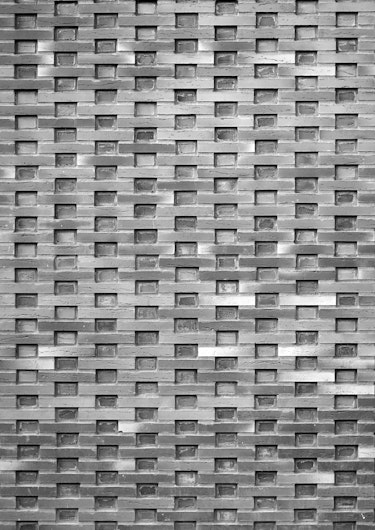
Development Market Update 2019 H1
From 2020, the net new volume completed is likely to exceed new demand
Key points:
- The 2019 volume for new Oslo office construction is moderate at 100,000 m2 of new office space.
- The volume for 2020 is significantly higher; 2021 so far has only three new buildings
- The 2020 volume contains 90,000 m2 of space without signed tenants
- From 2020, the net new volume completed is likely to exceed new demand
New office construction
Major new office buildings announced since our last report are Entra’s Universitetsgata 7 (CBD north) with 20,000 m2 and Hasle Linje’s Karvesvingen 7 with 6,000 m2 at Hasle-Økern. Both of these will be completed in 2021. For a complete list of started new developments in the period 2019-2021.
Office volume forecasts
Gross new supply of office space is expected to rise for the coming two years. For 2019, only approx. 100,000 m² of new office space will enter the Oslo market, and we expect this to rise to close to 180,000 m2 for 2020, and a similar volume or even higher to be completed for 2021. For these years, most volumes will be built in the fringe clusters, especially the northeastern fringe, as can be seen in the map. The 2020 volume is currently only halfway let, meaning 90,000 m2 will have to find tenants between now and fall 2020.
We expect demolition or conversion of office space to other use, mainly residential development, of approximately 70-90,000 m² per year in the period 2019-2022. This is slightly lower compared to previous estimates and is influenced by the low vacancy and the dwindling stock of office buildings in unsuitable locations where conversion has been an easy choice.
A visible trend in early 2019 is the good market for new space available within 6 months, even in the fringe office clusters like Helsfyr-Bryn – with the medium-to-small tenants signing many such leases at levels above 2,000 NOK/m2. Developers who started speculative projects in 2016-17 now benefit from this situation, where new space almost always is the first to get tenants signed. The speculative volume for 2020-21 is higher and we can expect stronger competition for tenants, and possibly lower rents, from 2020 onwards. As the GDP growth forecast for 2020 is lower than for 2019, developers might be wary of starting new speculative projects from the fall onwards.
Large tenants looking for office space outside the CBD have relatively strong bargaining power, both due to the large volume of zoned land plots and the low sales yields, which give most developers healthy profits despite rising construction costs. This implies an increased likelihood of new projects for the largest users, because the quality offered is almost always significantly better in new buildings.